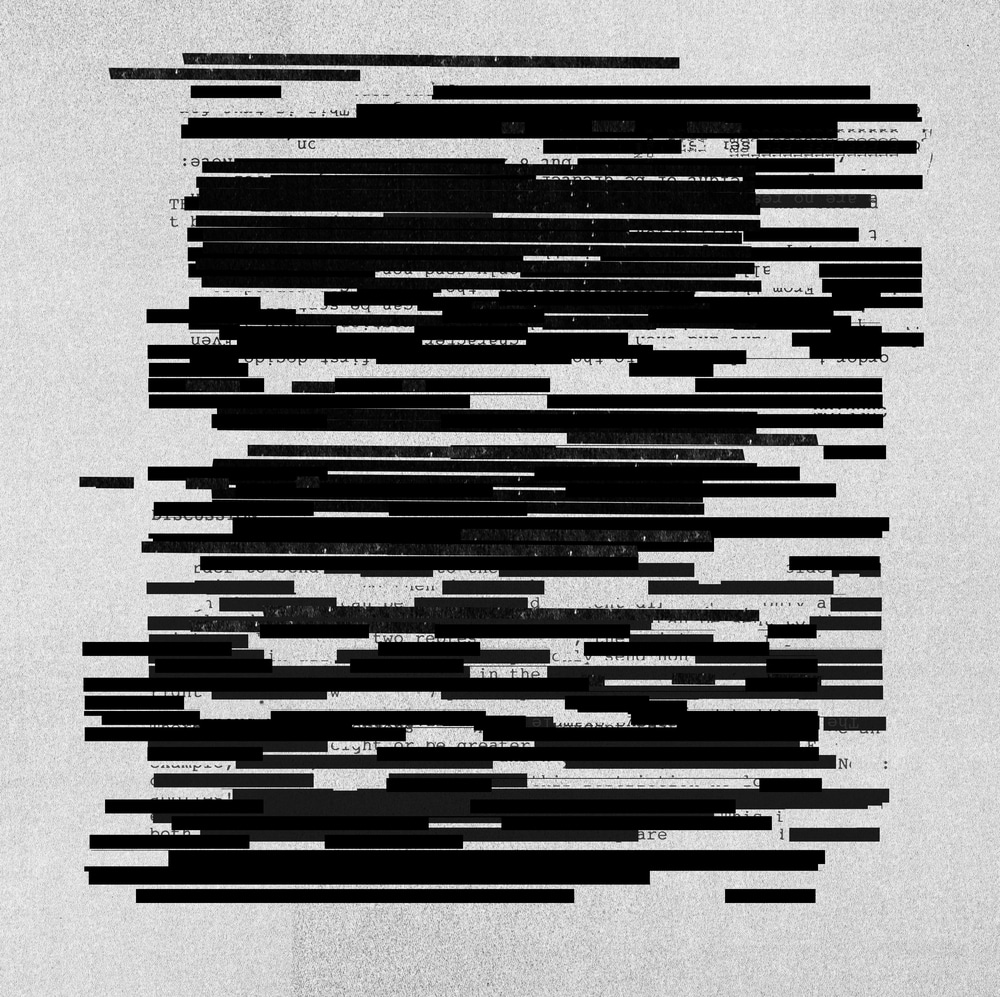
End of the Line: The Debt Crisis That Will Reshape Your Future
By Bill Brocius
Debt Isn’t Always the Villain—But This Time, It Is
Not all debt is created equal. It can either be a tool for growth or a trap that leads to ruin. The difference lies in two critical factors:
- What are you getting in return? Borrowing for infrastructure that delivers long-term economic gains is smart.
- Can you repay or roll it over? Debt is manageable only when income—whether personal or national—covers the cost.
For example, a government borrowing at 4% to build highways that generate economic returns of 10% makes sense. Eisenhower’s interstate highway system and Kennedy’s space program were perfect examples of good debt.
But here’s the rub: borrowing for wasteful projects—like the so-called Green New Scam—or showering benefits on unproductive groups drains the system. Handouts to illegal immigrants or reckless government spending offer no return, just more debt to pile onto the mountain.
And make no mistake: America’s national debt has reached mountainous heights.
$35.7 Trillion and Counting: How Bad Is It?
With the U.S. national debt at $35.7 trillion, we are far beyond safe limits. That’s just Treasury debt—factor in future obligations like student loans, Social Security, Medicare, and FDIC guarantees, and the real number is even worse.
Here’s an analogy: If you owe $50,000 on your credit card and make only $30,000 a year, you're in big trouble. But if you make $500,000, the same $50K debt is manageable. The same principle applies to nations—except in America’s case, we’re earning far too little to justify the debt.
The debt-to-GDP ratio (debt divided by the nation’s total income) is the clearest indicator. A ratio under 30% is manageable—like owing $150,000 on a $500,000 salary. But the U.S. is at 124% and climbing. That’s higher than most countries hit by economic collapse, like Greece or Lebanon.
The critical red line? 90%. At that point, every new dollar borrowed reduces GDP instead of increasing it. The U.S. crossed that threshold a long time ago, and we are accelerating toward a cliff.
How Did We Get Here? A History of Boom, Bust, and Betrayal
Debt isn’t new to America. In fact, the U.S. started out in debt after the Revolutionary War. Alexander Hamilton used this to build America’s financial credibility, founding the U.S. Treasury bond market and facilitating a system where old debt could be rolled over into new debt.
For most of our history, the national debt followed a predictable pattern:
- Debt spikes during war, when borrowing is necessary to fund the fight.
- Debt falls during peace, as the economy grows and pays it down.
This cycle worked for more than a century, right through World War II. At the war’s end in 1945, America’s debt-to-GDP ratio hit 120%—but smart policies brought it down to a manageable 30% by 1980. Both Democrats and Republicans worked together to reduce the burden through growth rather than austerity.
But in the 1980s, the debt wave began rising again. Reagan’s defense buildup pushed it up to 53%, and while that spending won the Cold War, the pattern of reducing debt during peacetime never resumed.
By the time George W. Bush left office, the debt-to-GDP ratio was 82%. Obama pushed it past 100%. Now, under Biden, we’re sitting at 124%—the highest in history.
No Way Out: Why Printing More Money Will Only Make It Worse
Some say the U.S. can’t default because we can always print money. But here’s the bitter truth: you can’t print your way out of a debt trap. New money inflates the economy, making every dollar worth less. In the end, inflation becomes a stealth tax that devours your savings, investments, and retirement.
When the debt-to-GDP ratio is this high, economic growth grinds to a halt. Borrowing more only makes things worse, and the government becomes addicted to spending just to keep the lights on. This is how countries go bankrupt—not through default, but through currency devaluation and runaway inflation.
Sound familiar? The warning signs are already here. Look at the Federal Reserve’s endless money printing, the trillion-dollar deficits, and the explosion of unfunded liabilities. This isn’t just an economic challenge—it’s a slow-motion disaster unfolding before our eyes.
What Comes Next? Inflation, Wealth Destruction, and Financial Chaos
Inflation is the only way out—and it won’t be pretty. The government may reduce the real value of its debt by inflating the currency, but your savings, stocks, and bonds will suffer catastrophic losses. Most investors aren’t ready for this kind of economic storm. The rules of the game are changing, and Wall Street won’t save you.
So how can you protect yourself? You need a strategy that survives inflation, government overreach, and financial instability.
The Solution: Inflation-Proof Your Portfolio Before It’s Too Late
Here’s how to safeguard your wealth and ride out the coming chaos:
- Gold and Silver: Precious metals are the ultimate hedge against inflation.
- Land and Natural Resources: Tangible assets hold their value when currencies collapse.
- Cash with High-Yield Interest: Keep some cash on hand, but park it in accounts yielding more than inflation to maintain liquidity.
- Fine Art and Hard Assets: When the markets go haywire, hard assets preserve wealth.
Don't rely on stocks—they will bleed value as inflation soars and economic growth stalls. You need to think differently. You need to prepare now.
The time to act is now. Don’t wait until inflation wipes out your savings or a banking crisis freezes your accounts. Download my free ebook, “7 Steps to Protect Your Account from Bank Failure,” and learn how to shield yourself from the coming storm.
Ready for deeper insights? Join my Inner Circle for just $19.95 a month and gain exclusive access to my best strategies for surviving the end of the banking system as we know it.
Secure your future before it’s too late: Join here.
This isn’t just another financial crisis—it’s the beginning of the end for traditional banking. Make sure you’re ready.











